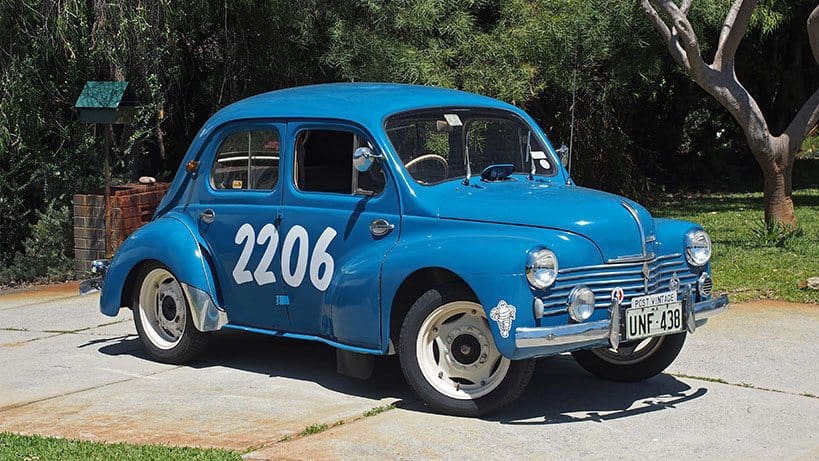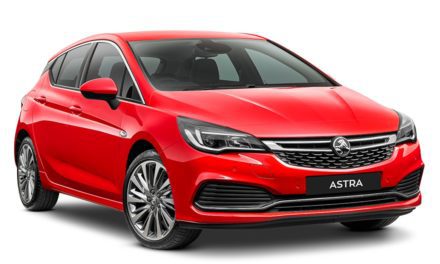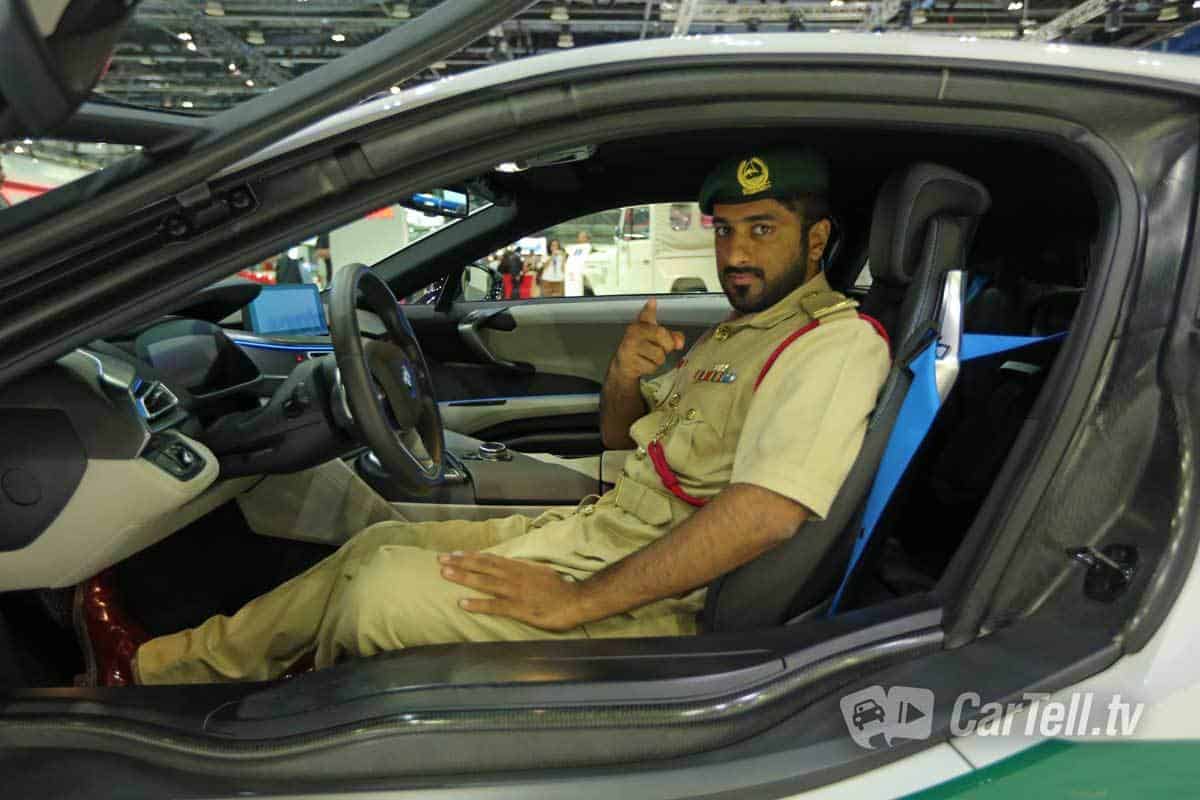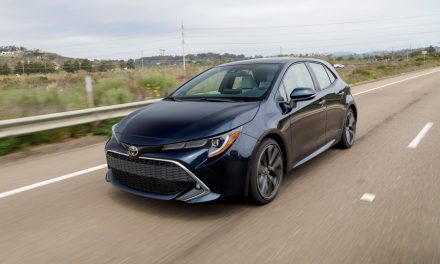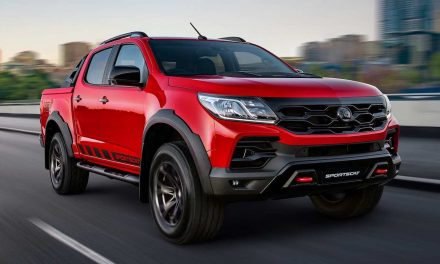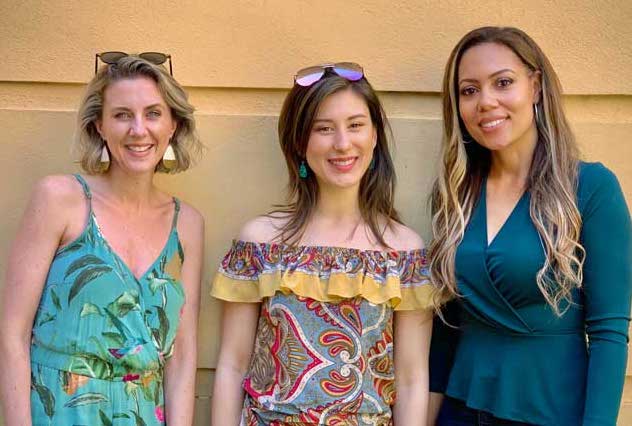PERTH motoring enthusiast John Waterhouse has had his Renault 4CV for 51 years and though he learnt a great deal about the neat little saloon and the brand in general, the answer to one mystery emerged only last year.
But it was immediately followed by another question – one that will probably never be answered.
The 4CV, originally known in Australia as the Renault 760, was made at Île Seguin, a small island on the Seine, in Billancourt, from August 1947 to July 1961.
It was an instant hit and became the first French car to top more than a million sales.
4CVs arrived in Australia in February 1949, with local assembly by Ira and AC Berk, of Sydney, starting three months later. The Adelaide agent for the French supermini was a car dealer with obvious agricultural beginnings: City Tractors.
Most of the world’s 4CVs originated from Billancourt, on the western outskits of Paris, but a second factory was built at Acton, in England, and Australian cars arrived mainly as CKD (completely knocked down) kits for assembly at Berk’s in Sydney.
Johan Waterhouse was just 17, in his final year at high school in Adelaide in 1966 when he spotted a tired-looking 4CV for sale on the front lawn of a house in suburban Enfield – and bought it for $60.
It turned out to be very tired indeed; it didn’t run and its odometer which showed 38,000 miles, had almost certainly been around the clock. Maybe more than once.

The car’s diamond and oval ‘lozenge’ ID plates showed it was built in December 1950 – in Billancourt. And a terminally-worn French-made Dunlop spare tyre confirmed the birthplace of John’s little quatre chevaux.
However, it had an imperial speedometer, reading in miles per hour, a “watch the inflation of your tires” plate, also in English, though ‘tire’ is the American spelling, and a small cast bronze plate warns that the warranty will not apply if non-genuine parts are used on the car. It’s also in English.
‘So, my car was 1950 built and 1951-registered, which does not prove anything.’ John said.
‘The matter rested, despite my quiet curiosity, for about 50 years.’
Then, on an overseas trip, John, a geologist by profession, obtained a copy of the register of Renault Ltd in Acton, UK.
It showed his car was one of two ordered from the factory in France by Renault Ltd in England for delivery to City Tractors in Adelaide.
‘So, it is now clear that my car was built in France, in right hand drive, and exported directly to Adelaide in South Australia,’ a bemused John said.
‘Why City Tractors ordered my car from Renault Ltd in Acton, in England, and not from Ira Berk in Sydney is anyone’s guess.
‘And why Renault UK ordered two right-hand drive cars from France when they were building them in England, is a mystery.
‘There are very few UK-built 4CVs in Australia.’
And why t came with the French Dunlop tyres, rather than Michelins, could be because they used robustly-walled cross-ply tyres for export models?
‘My suspicion is that there was more demand than availability from Ira Berk and from Renault UK, 1951 being the peak year for Renault 750 sales in Australia,’ John said.
‘I doubt we’ll ever know more, but overall, this story is a pretty good outcome!’
His car is still in great condition, though it has never been restored.
‘It’s just been well maintained,’ John said.
It’s finished in a fresh coat of ‘bleu’ and has temporary racing decals on it to commemorate the legendary Jean Redele’s successes with 4CVs in the Mille Miglia, Alpine Rally and other major events in the early 1950s.
His car in the 1954 Mille Miglia bore the 2206 competition number – in those days painted on the car on the start line to show the time it left Rome before heading to Brescia and back to Rome.
However, to compete in the appropriate class, the 4CVs du jour needed to have their 760cc engines sleeved down to 750cc and the marginally smaller capacity was introduced as a ‘sports saloon’ additional to the 760.
John’s car still has a 760cc engine.
Redele, after much success in various events, went on to establish the famous Renault-based Alpine sports cars.
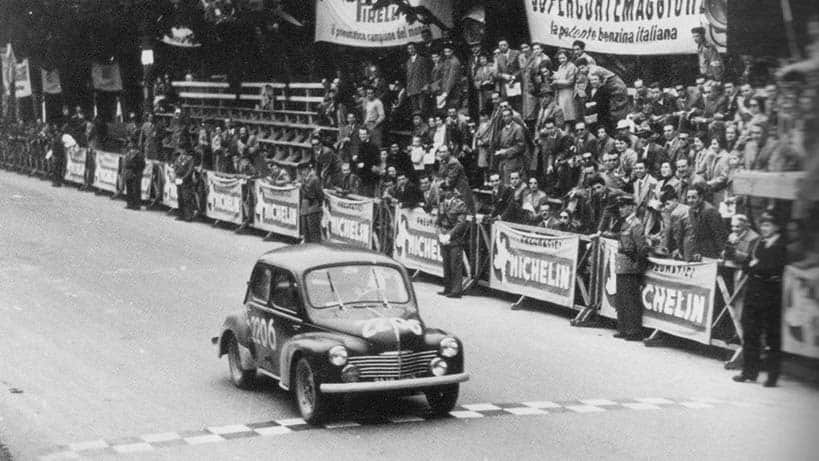
Ira Berk was also an interesting character.
An American of Dutch descent, he came to Australia in 1909 to set up the national Burroughs adding machine network.
Coincidentally, he and his brother, Albert,wereschoolmates of aircraft pioneers Orville and Wilbur Wright.
Berk was the secretary of Burroughs Adding Machine Company in the US and the company head, Alvan Macaulay, later became president of the Packard Car Company.
A wide awake Ira Berk set up his Burroughs sales offices around Australia, noted the paucity of vehicles available and in 1923 contacted his former boss and obtained distribution rights for the prestigious Packards for Australia and New Zealand.
No doubt the adding machines came in handy for the car sales that followed.

